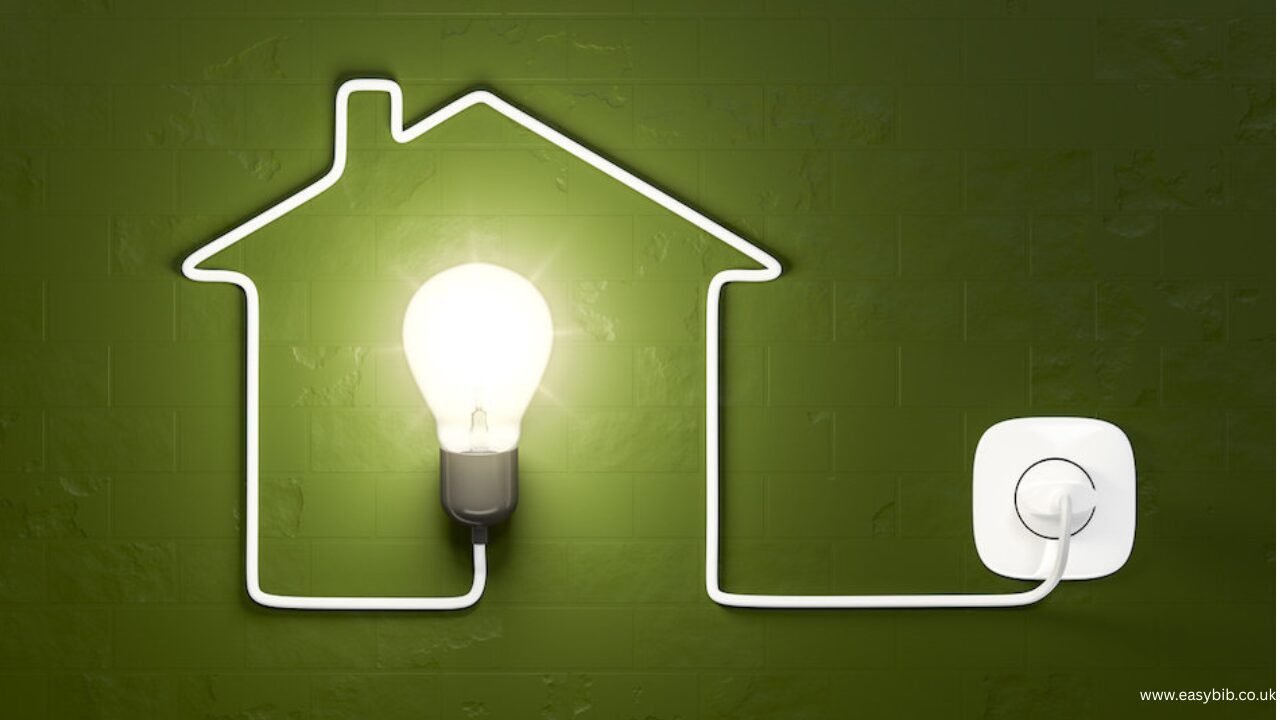How To Decide If You Need To Make Energy-Efficient Upgrades To Your Home

As energy prices keep rising and environmental concerns become more pressing, many homeowners are considering making energy-efficient upgrades to their homes. However, deciding whether or not to invest in such improvements can be a challenging decision. If you’re wondering whether it’s time to take the plunge, this guide will help you assess your needs and understand the benefits of energy-efficient upgrades.
1. Review Your Energy Bills
Reviewing your energy bills is one of the most direct ways to assess if you need energy-efficient upgrades. If you’ve noticed that your heating and electricity costs have been steadily increasing, it may be a sign that your home is losing energy. Older homes, in particular, are often less efficient due to outdated insulation, windows, and heating systems. Upgrading these areas could significantly reduce energy consumption, lowering bills over time.
2. Consider the Age and Condition of Your Heating System
The type of heating system in your home can significantly affect energy efficiency. Older systems, such as gas boilers or electric heaters, often require more energy to heat a home efficiently. If your boiler is nearing the end of its lifespan, it might be a good idea to consider replacing it with a more efficient model. Modern gas boilers, for example, are far more energy-efficient than their older counterparts, and some homeowners may be eligible for Green Improve gas boiler grants to help cover the cost of upgrading. These grants are a great way to lower the financial pressure of replacing your heating system while improving your home’s efficiency.
3. Evaluate Your Home’s Insulation and Windows
Poor insulation is one of the main culprits behind energy loss in homes. If your home is poorly insulated, heat can easily escape during the colder months, causing your heating system to work overtime to stay comfortable. Inspect your attic, walls, and floors for proper insulation. Windows and doors can also be a significant source of heat loss. If your windows are single-glazed or poorly sealed, double-glazing or replacing old seals may be worth considering.
By improving insulation and upgrading windows, you can drastically reduce energy use, keeping your home warmer in winter and colder in the summer, thus lowering energy costs year-round.
4. Check Your Appliances and Lighting
Another area to consider when deciding whether to make energy-efficient upgrades is the condition of your household appliances and lighting. Older refrigerators, washing machines, and dishwashers are often less efficient than newer models. Similarly, incandescent bulbs use more energy than modern LED lights, which can help reduce electricity consumption.
If you have appliances that are over 10 years old, it may be time to replace them with energy-efficient models. Energy-efficient appliances are typically marked with an Energy Star rating, so look for these labels when shopping for replacements.
READ MORE
5. Assess Your Carbon Footprint
Making energy-efficient upgrades saves you money and reduces your carbon footprint, contributing to environmental sustainability. Suppose you’re conscious of your ecological impact. In that case, you may find it worthwhile to invest in renewable energy sources, such as solar panels, or enhance your home’s energy efficiency through insulation, modern heating systems, and low-energy appliances.
Making energy-efficient upgrades to your home can result in significant long-term savings, increased comfort, and environmental benefits. If you notice high energy bills, your heating system is outdated, or your home lacks proper insulation, it’s time to consider an upgrade. By carefully examining your energy usage and assessing your home’s condition, you can make informed decisions about which upgrades will benefit you the most.
